One of the most common questions I get from photographers is:
“How do you get your skin tones to look so creamy and soft… straight out of camera?”
The truth? It’s not a magic camera setting or a fancy preset.
It comes down to something way simpler (and more powerful): intentional shooting.
For years, I struggled with skin tones that felt muddy, blotchy, too orange, or too gray—and I’d spend way too much time trying to “fix” them in editing.
What finally changed everything for me was learning to slow down, observe the light, and make a few key decisions before clicking the shutter.
It All Starts With Light
If your lighting is off, your skin tones will be too—no matter what preset you use.
Harsh light (especially midday sun) creates contrasty shadows, shiny hotspots, and uneven skin tones. It can leave faces looking red, splotchy, or overly sharp.
On the other hand, soft, diffused light (like open shade or golden hour) wraps gently around your subject, giving skin a smoother, more natural tone.
These days, I walk into every session with my eyes looking for one thing first: good light.
That one choice makes all the difference in the final image.
Watch the Background + Environment
Even though we focus a lot on light, your environment plays a huge role too.
Surfaces and surroundings can reflect color back onto your subject—especially onto their skin. Think of green grass giving a weird green cast, or a bright red wall making skin look pink or blotchy.
When possible, I aim for neutral-toned backgrounds (light walls, muted tones, soft natural elements) that don’t reflect unwanted color. It keeps the skin tones clean and helps the subject pop naturally.

What They Wear Matters More Than You Think
I have a friend who jokes that I must hate color because I always recommend soft neutrals and earth tones to my clients.
But it’s not that I hate color—it’s that color bounces.
That bold red dress? It’s going to reflect on arms and faces. Bright neon pink? It’ll tint the skin, especially in soft light.
Clothing acts like a reflector—so when a client wears strong or saturated colors, it can shift the skin tones in ways that are hard to fix later.
That’s why I recommend soft, natural colors that keep the focus on the people, not what they’re wearing—and help me keep skin tones looking creamy and clean, straight out of camera.
Slow Down and Shoot With Intention
This might sound obvious, but it’s often the thing we forget:
Slow. Down.
Rushing leads to sloppy light, missed focus, and poor angles—especially with skin. When you take an extra 30 seconds to reposition a subject, shift them into better light, or change your angle slightly, it can completely transform the final image.
Skin tones are at their best when you’re not shooting reactively, but intentionally.
Want Help Mastering Light So Your Photos Look Great In-Camera?
This is exactly what I teach inside Natural Light Academy—a practical, no-fluff mini-course that shows you how to find beautiful light, avoid bad light, and get consistent, glowy results without relying on editing.
You’ll learn how to:
- Spot and avoid problem lighting
- Create dreamy, natural skin tones in any setting
- Use light + backgrounds to make your subject shine
- Fix your lighting issues before they even happen
It’s currently just $47, and it’s the best investment you can make if you want to feel confident shooting in any light, any time.
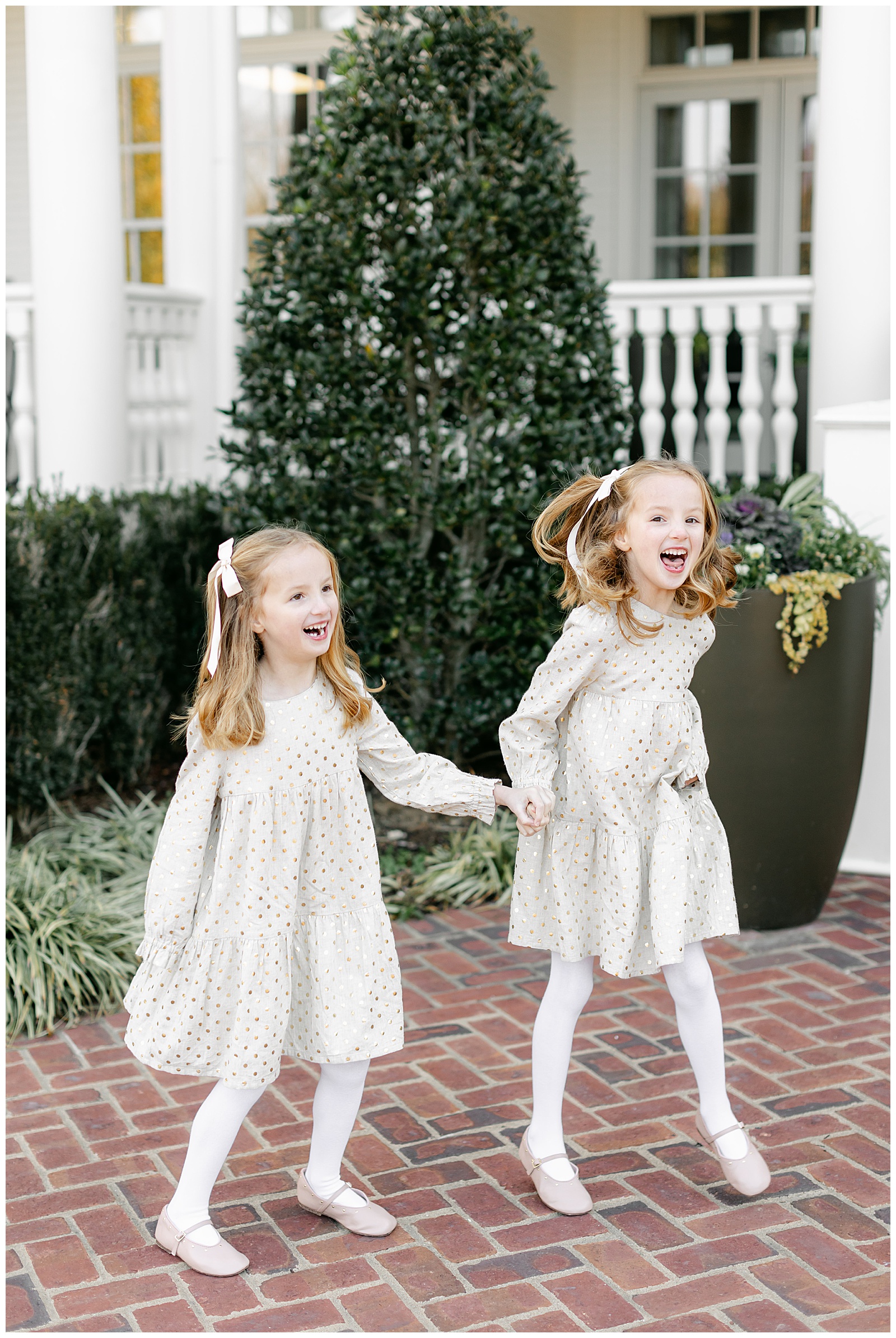
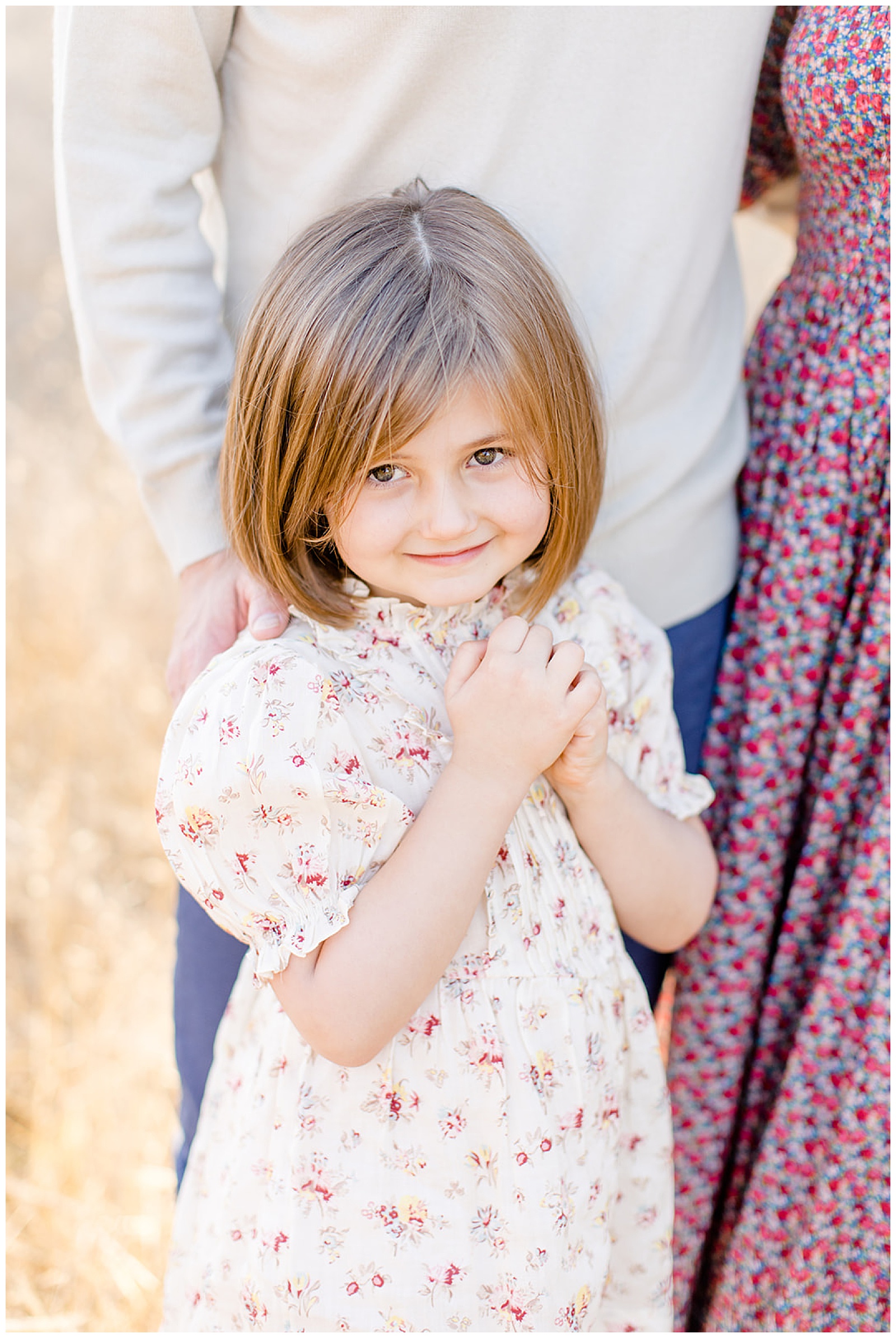
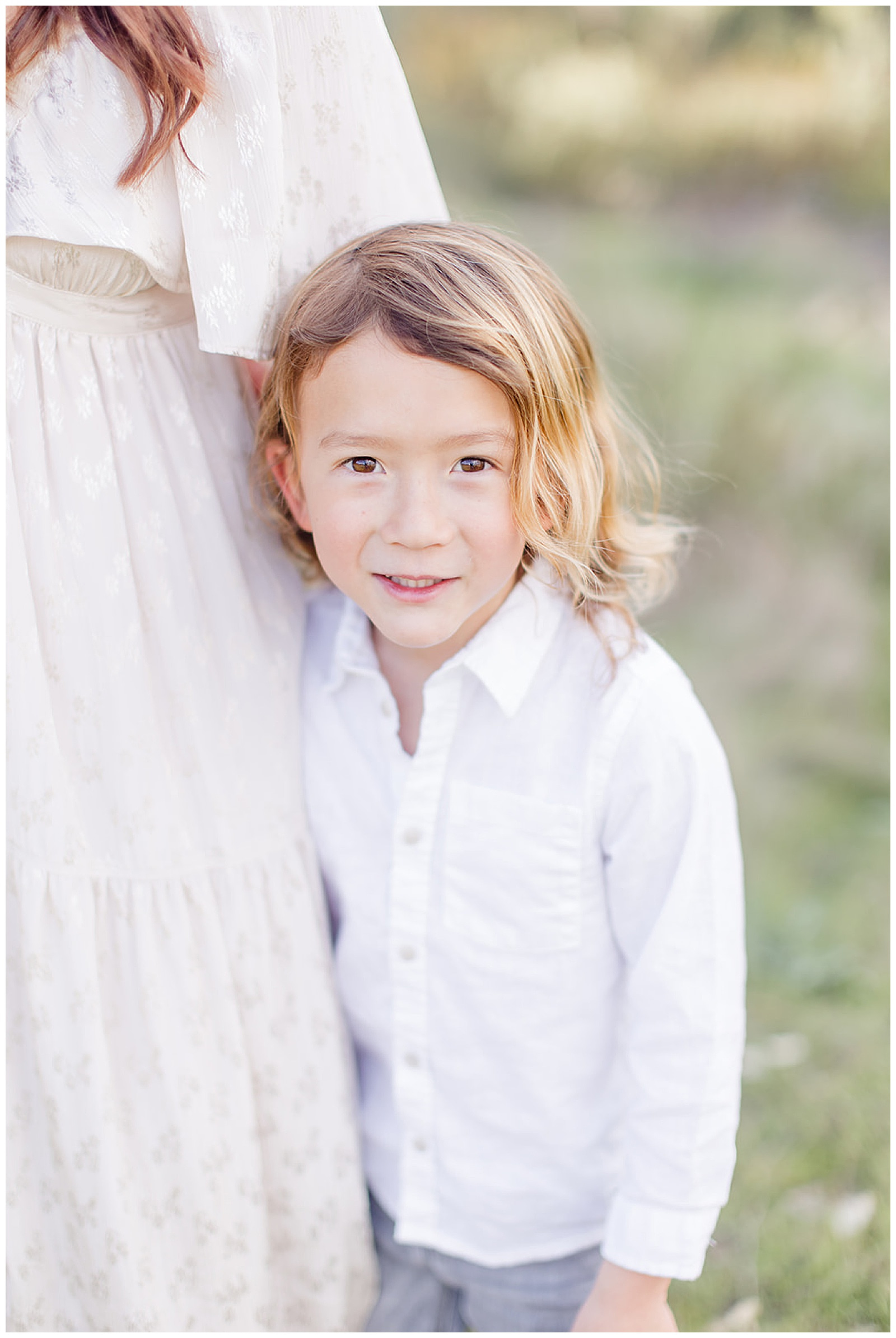
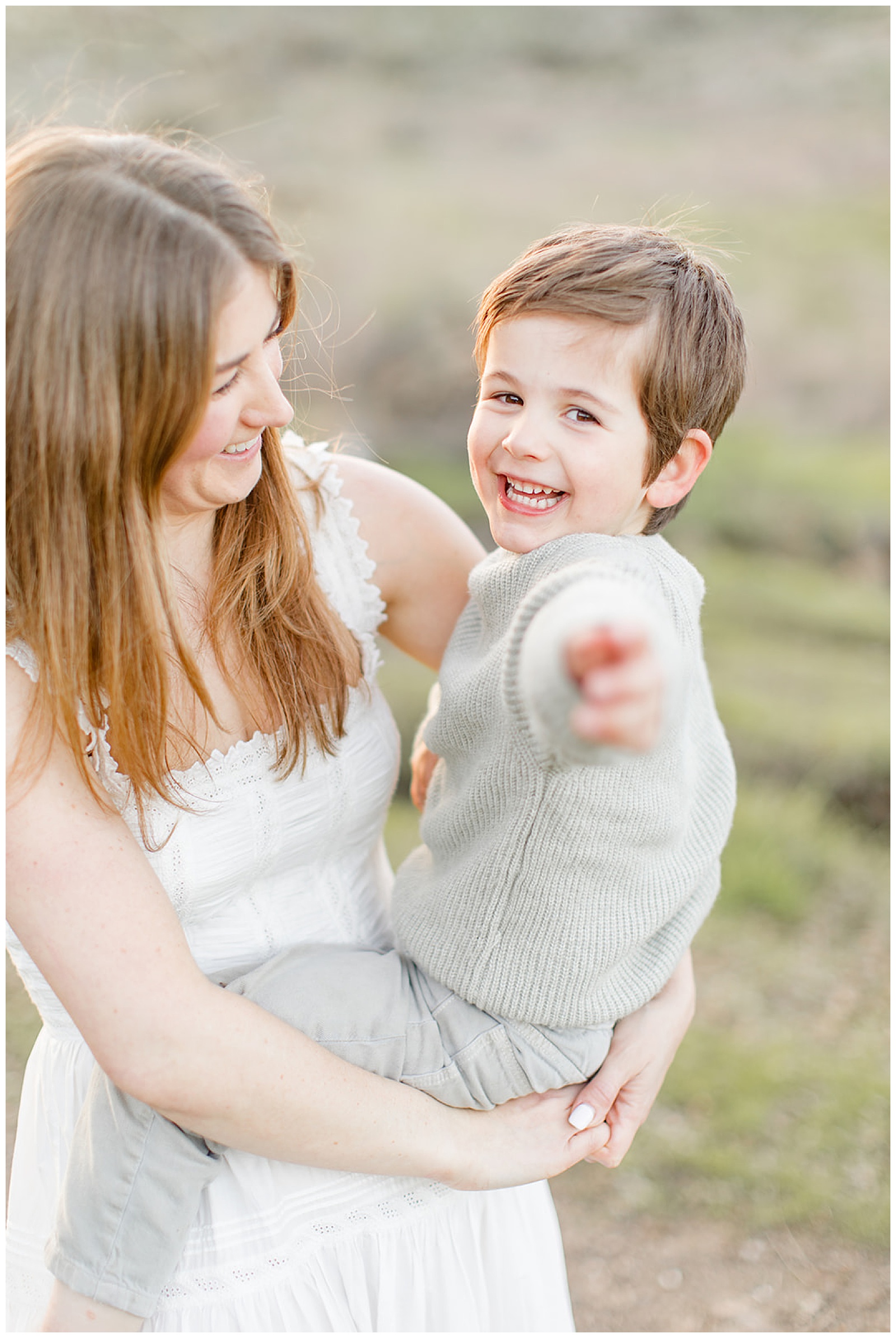
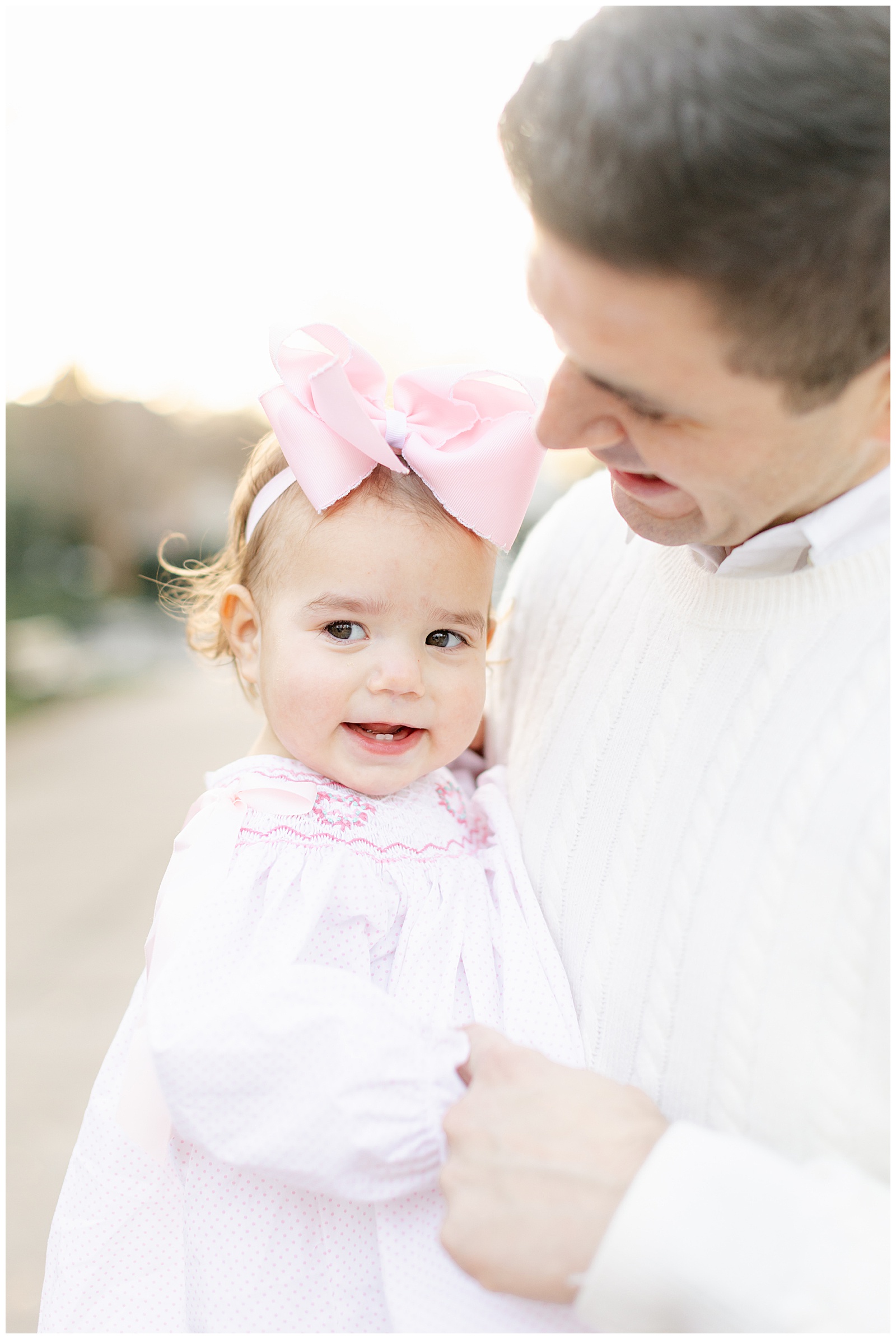
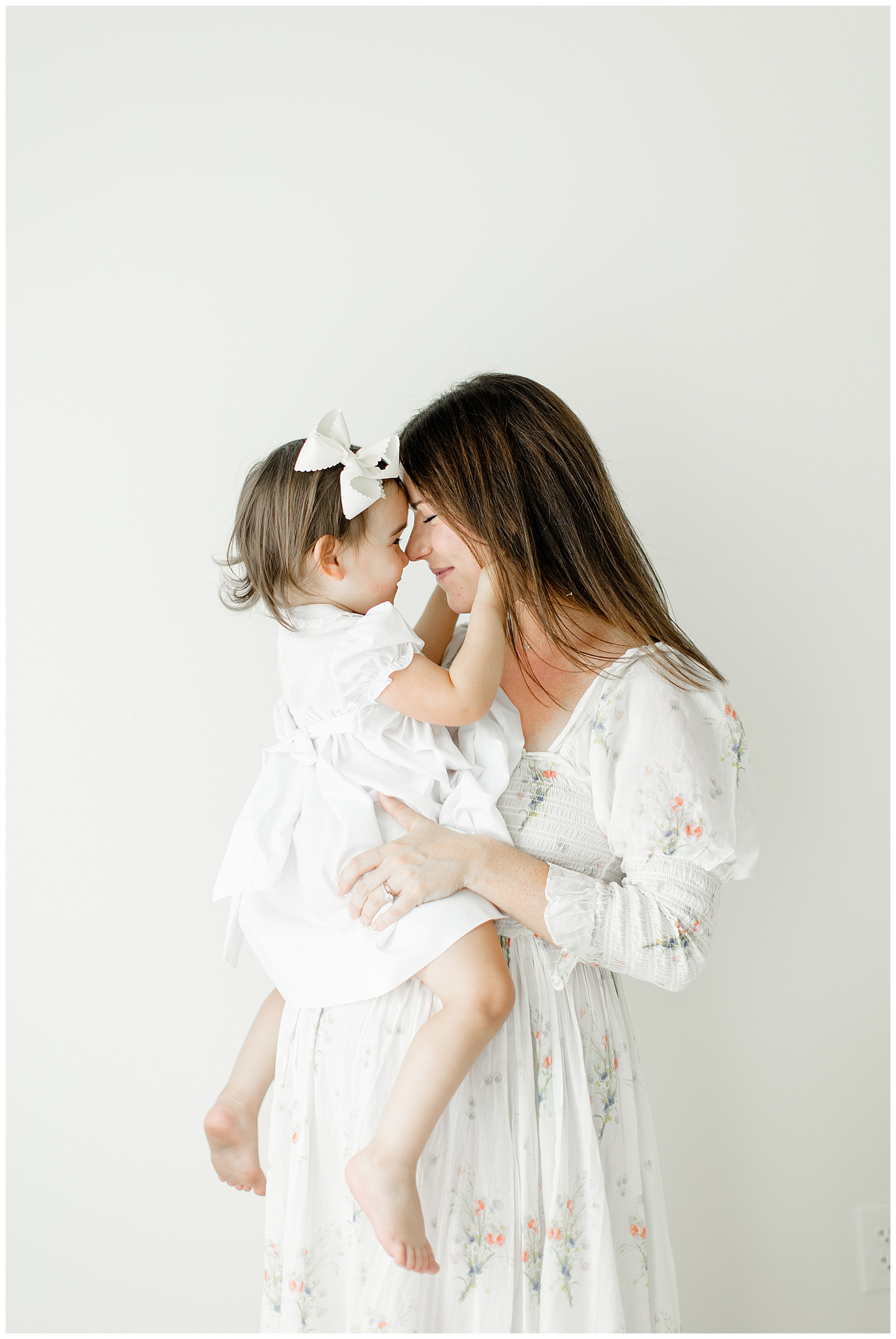
+ COMMENTS
add a comment